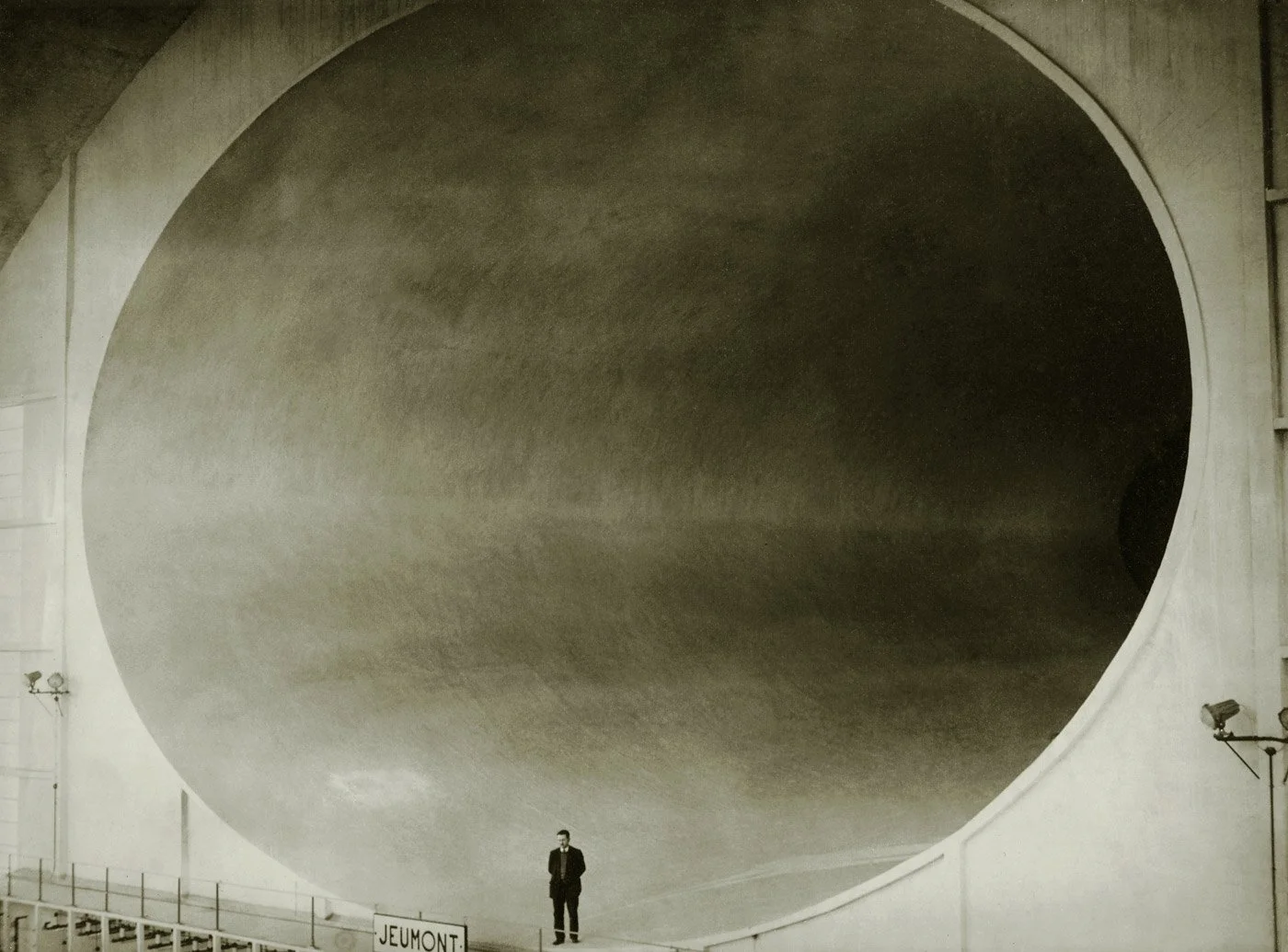Why Nothing Matters
Original article by Benjy Barnett for Aeon
It took centuries for people to embrace the zero. Now it’s helping neuroscientists understand how the brain perceives absences
When I’m birdwatching, I have a particular experience all too frequently. Fellow birders will point to the tree canopy and ask if I can see a bird hidden among the leaves. I scan the treetops with binoculars but, to everyone’s annoyance, I see only the absence of a bird.
Our mental worlds are lively with such experiences of absence, yet it’s a mystery how the mind performs the trick of seeing nothing. How can the brain perceive something when there is no something to perceive?
For a neuroscientist interested in consciousness, this is an alluring question. Studying the neural basis of ‘nothing’ does, however, pose obvious challenges. Fortunately, there are other – more tangible – kinds of absences that help us get a handle on the hazy issue of nothingness in the brain. That’s why I spent much of my PhD studying how we perceive the number zero.
Zero has played an intriguing role in the development of our societies. Throughout human history, it has floundered in civilisations fearful of nothingness, and flourished in those that embraced it. But that’s not the only reason it’s so beguiling. In striking similarity to the perception of absence, zero’s representation as a number in the brain also remains unclear. If my brain has specialised mechanisms that have evolved to count the owls perched on a branch, how does this system abstract away from what’s visible, and signal that there are no owls to count?
The mystery shared between the perception of absences and the conception of zero may not be coincidental. When your brain recognises zero, it may be recruiting fundamental sensory mechanisms that govern when you can – and cannot – see something. If this is the case, theories of consciousness that emphasise the experience of absence may find a new use for zero, as a tool with which to explore the nature of consciousness itself.
Wind tunnel in Chalais-Meudon, France (1935) by an anonymous photographer, possibly from The New York Times. Private collection
ero began its life as an imprint on wet clay. Around 5,000 years ago in Mesopotamia, the Sumerian people devised a revolutionary method for number-writing. Instead of inventing new symbols for ever-increasing numbers, they designed a system whereby the position of a symbol inside a number corresponded to that symbol’s value. If this seems confusing, it’s probably because the idea is so familiar it becomes obfuscated by explanation. Consider the numbers 407 and 47. Both contain a ‘4’ yet, in each, ‘4’ represents different values (400 and 40, respectively). The way we interpret this symbol correctly is from the column it sits in within its number (the hundreds or tens, for example). While this may seem like a mere change in format, the consequences of such positional notation were vast: it allowed for rapid recording of large numbers and simple methods of calculation.
Read full article on Aeon


